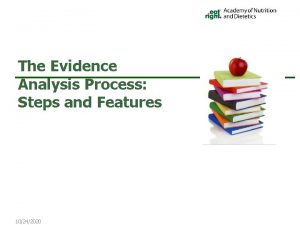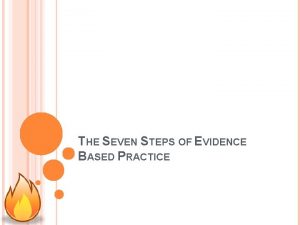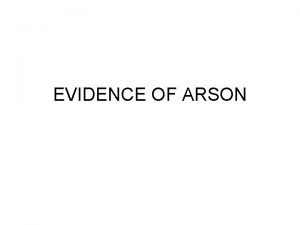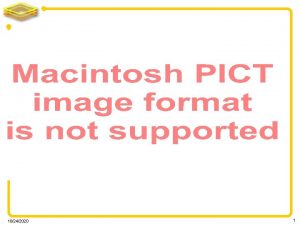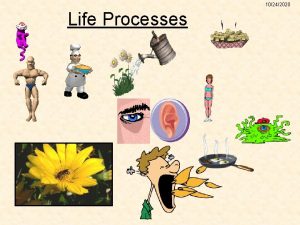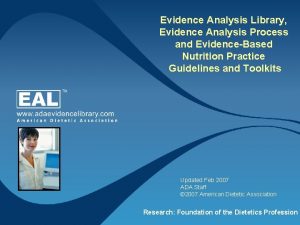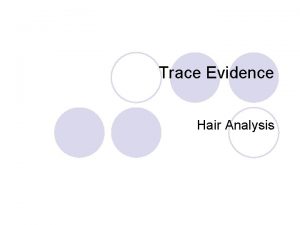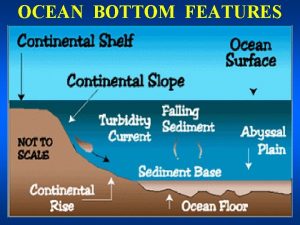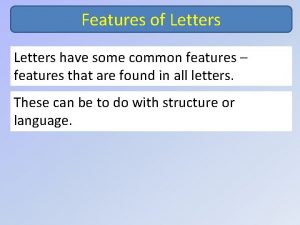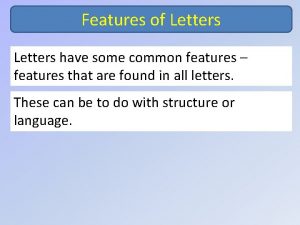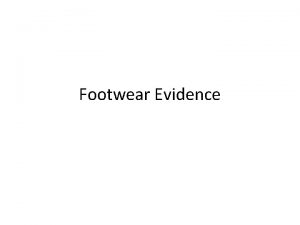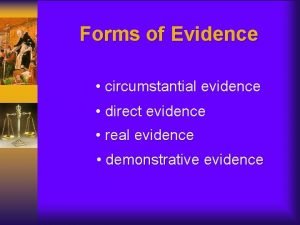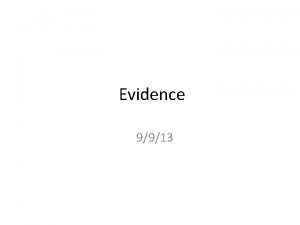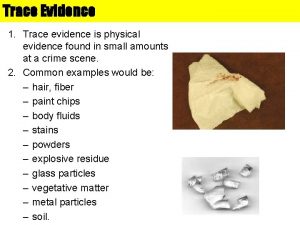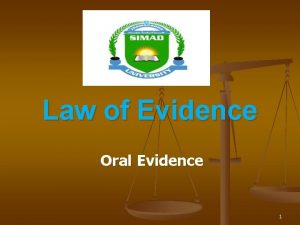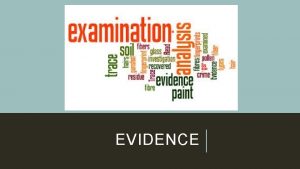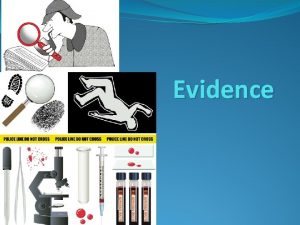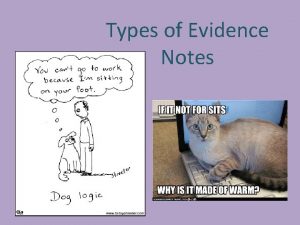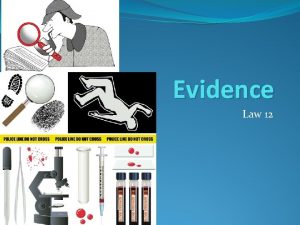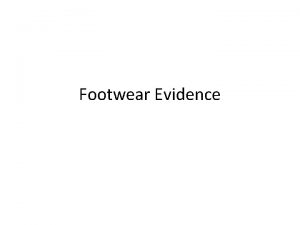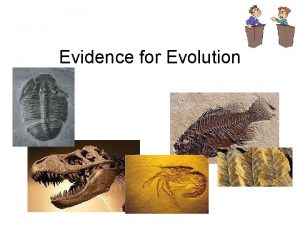The Evidence Analysis Process Steps and Features 10242020







































- Slides: 39

The Evidence Analysis Process: Steps and Features 10/24/2020

Presentation Objectives §Understand the Steps in the Academy of Nutrition and Dietetics’ Evidence Analysis Process §Identify topics and features in the Academy’s Evidence Analysis Library

Evidence Analysis Library FREE to Academy Members! www. andevidencelibrary. com Online resource with the best available research on important dietetics topics in a practitioner-friendly format

Definition “Evidence-Based Dietetics Practice” is the use of systematically reviewed scientific evidence in making food and nutrition practice decisions by integrating best available evidence with professional expertise and client values to improve outcomes. ” Definition developed by A. N. D. Evidence-based Practice Committee with input from Research Committee, Quality Management Committee, and Scope of Dietetics Practice Task Force. Approved by A. N. D. House of Delegates Leadership Team

Why Evidence-Based? üImprove quality of healthcare üDecrease wide variations in practice ü Reduce the gap between what is known from research…and what happens in real life ü Take advantage of biomedical knowledge

Evidence-Based Practice Committee Oversight • Evidence Analysis Process • Evidence Analysis Library® • Evidence Based Products (e. g. , Guidelines, Toolkits, Educator Modules) Promotion • Promote the implementation of evidencebased dietetic practice • Develop strategies for dissemination Functions • Appoint Expert Workgroup members • Prioritize Evidence Analysis projects • Determine format and content of products • Evaluate Evidence Analysis process

Structure of EBP Committee Joint Academy House of Delegates & Board of Directors appointed committee Nutrition Care Process/SL Committee Coding and Coverage Committee Board Of Directors Ambulatory Care ADA EBP Committee Long-Term Care Practice Acute Care Practice Quality Management Committee Research Committee

Academy’s Evidence Analysis Process A rigorous and systematic process for searching, analyzing and summarizing research on a specific nutrition topic.

Evidence Analysis Workgroup Experts Appointed Key Functions • Experts in the field or Project Topic • Appointed by the Evidence-Based Practice Committee • • • Formulate Questions Set Inclusion/Exclusion Criteria Review materials Grade conclusion statements Provide Final approval

Project Managers/Lead Analysts Manage Project • Facilitate work of team • Schedule & assign work • Manage online information Lead Teleconferences and Meetings • Assist workgroup chair in leading teleconferences • Prepare agendas • Help Group to reach consensus Mentor Analysts and Review their Work • • • Worksheets Quality Criteria Checklists Overview Tables Evidence Summaries Draft Conclusion statements

Steps in the Evidence Analysis Process Step 1: Formulate Question Step 2: Gather Research Step 3: Appraise Articles Step 4: Summarize Step 5: Grade • Develop the Question • Gather and Classify the Research • Critically Appraise Each Article • Summarize the evidence in an Overview Table and Evidence Summary • Develop Conclusion Statement and Grade the Strength of the Supporting Evidence

Step 1: Formulate the Question

Formulate the Question We ask questions to… Identify relevant research Identify areas where knowledge for practice is needed Connect scientific research knowledge to practice Focus the Approach to the Research

Nutrition Care Process Nutrition Assessment Nutrition Diagnosis What do you do at each step in the nutrition care process? Evidence analysis should focus on answering questions related to these steps. Nutrition Intervention Nutrition Monitoring And Evaluation Outcomes

Example Question

Step 2: Gather and Classify the Research

Search Plan & Results for Each Question Reports Inclusion & Exclusion Criteria Date of Search Inclusion Criteria: -Age -Setting (outpatient) -Sample Size -Acceptable dropout rate -Year Range -English Language Databases Searched Search Terms List of Articles

Search Plan & Results Included articles and Excluded articles (with reason) List reason for exclusion for each article not included in the analysis; e. g. Sample size too small

Step 3: Critically Appraise Each Article

Worksheet Citation / Pub. Med ID Date Study Design Class Rating (+/0/-) Research Purpose Inclusion Criteria Exclusion Criteria Description of Study Protocol Data Collection Summary Description of Actual Data Sample Summary of Results Author Conclusion Reviewer Comments

Quality Criteria Checklist Questions related to relevance and validity Determines if article is rated as: Positive Quality Negative Quality Neutral Quality

Step 4: Summarize the Evidence in an Overview table and Evidence Summary

Narrative Evidence Summary Example: Summary of evidence for Oats and Gluten Intolerance question

Overview Table List : Citation Study Design Quality Rating Sample Size Interventions & Outcomes Table format to enable user to compare studies side by side.

Evidence Summary - Bibliography Citations linked to worksheets at the bottom of the Evidence Summary

Step 5: Develop Conclusion Statement and Grade the Strength of the Supporting Evidence

Conclusion Statement

Explanation of Grades % of Grade I questions on EAL

Published on the EAL® Available free to All Academy Members § § § § Question Conclusion Grade Evidence Summary Overview Table Worksheets and Quality Checklists for each article Search Plan & Results Individual EAL Subscriptions are available from www. andevidencelibrary. com / Store For Institutional EAL subscriptions, contact aacosta@eatright. org

How Much Content is on the EAL ? ® Abstracted Articles/Worksheets 115

EAL® Page Views by Calendar Year 2004 2005 2006 2007 2008 2009 2010 2011 2012 2013 *(thru 9/30) Total Avg per Month 41, 332 4, 592 378, 026 31, 502 1, 068, 758 89, 063 1, 544, 119 128, 677 1, 795, 645 171, 014 2, 321, 594 193. 466 2, 457, 410 204, 784 3, 009, 230 250, 645 3, 804, 122 317, 518 *2, 580, 540 *286, 700 Overall Total Sept 2004 – Oct 2013 Over 17, 914, 000 page views

EAL ® Usage Worldwide Users from 206 different countries

Nutri. Guides On the Go with Nutri. Guides Mobile Application • Now available for use on your i. Phone, i. Pad, and Android devices. • Users can access over 300 nutrition recommendations at their fingertips. • Ability to search for recommendation by topic, disease/condition, nutrition care process step • Topics include: Diabetes, Critical Illness, Celiac Disease, DLM, and more! Debuted in March 2012. Now nearly 5, 000 apps sold from the i. Tunes Store and Google Play.

Guideline Development After Analysis is Completed Develop algorithms based on Nutrition Care Process Draft guideline recommendations In-person, 2 -day meeting to finalize entire guideline Internal/external review and revise Publish guideline on EAL ®

Evidence-Based Nutrition Practice Guidelines Evidence-Based Guidelines… §A series of guiding statements and treatment algorithms §Developed using a systematic process §Assist the practitioner in decision making for appropriate nutrition care

Evidence-Based Practice Resources What are Evidence-Based Toolkits? Toolkits are disease specific and include § § § Protocol forms Case Studies Patient progress forms Outcomes management forms Client education resources Incorporate the Nutrition Care Process Electronic downloadable purchase item

Toolkit Development Develop toolkits to apply guidelines Conduct 60 -day usability test of toolkit and revise EBPC Review and Approval Make toolkits available for purchase

Steps in the EA Process Annual review of Evidence Analysis Guideline Projects Review § Re-run searches for each question § Determine if revision is needed § Document date of review Revise § “Revise” using EA Process § Update rating of conclusion statements/recommendations as needed

Summary Academy’s Evidence Analysis Library can be found at: www. adaevidencelibrary. com Questions contact: eal@andevidencelibrary. com
 Why does individual evidence have high probative value
Why does individual evidence have high probative value Evidence analysis process
Evidence analysis process Primary evidence vs secondary evidence
Primary evidence vs secondary evidence Primary evidence vs secondary evidence
Primary evidence vs secondary evidence Secondary sources
Secondary sources Primary evidence vs secondary evidence
Primary evidence vs secondary evidence Jobs vancouver
Jobs vancouver Fiber evidence can have probative value as class evidence.
Fiber evidence can have probative value as class evidence. Class vs individual evidence
Class vs individual evidence Class vs individual evidence
Class vs individual evidence Genetic fallacy
Genetic fallacy Locomotor in dance
Locomotor in dance What is impression evidence
What is impression evidence 7 steps of evidence-based practice
7 steps of evidence-based practice Fire and arson investigation ppt
Fire and arson investigation ppt Hình ảnh bộ gõ cơ thể búng tay
Hình ảnh bộ gõ cơ thể búng tay Ng-html
Ng-html Bổ thể
Bổ thể Tỉ lệ cơ thể trẻ em
Tỉ lệ cơ thể trẻ em Gấu đi như thế nào
Gấu đi như thế nào Thang điểm glasgow
Thang điểm glasgow Chúa yêu trần thế
Chúa yêu trần thế Môn thể thao bắt đầu bằng từ chạy
Môn thể thao bắt đầu bằng từ chạy Thế nào là hệ số cao nhất
Thế nào là hệ số cao nhất Các châu lục và đại dương trên thế giới
Các châu lục và đại dương trên thế giới Công thức tiính động năng
Công thức tiính động năng Trời xanh đây là của chúng ta thể thơ
Trời xanh đây là của chúng ta thể thơ Cách giải mật thư tọa độ
Cách giải mật thư tọa độ Phép trừ bù
Phép trừ bù độ dài liên kết
độ dài liên kết Các châu lục và đại dương trên thế giới
Các châu lục và đại dương trên thế giới Thơ thất ngôn tứ tuyệt đường luật
Thơ thất ngôn tứ tuyệt đường luật Quá trình desamine hóa có thể tạo ra
Quá trình desamine hóa có thể tạo ra Một số thể thơ truyền thống
Một số thể thơ truyền thống Cái miệng xinh xinh thế chỉ nói điều hay thôi
Cái miệng xinh xinh thế chỉ nói điều hay thôi Vẽ hình chiếu vuông góc của vật thể sau
Vẽ hình chiếu vuông góc của vật thể sau Thế nào là sự mỏi cơ
Thế nào là sự mỏi cơ đặc điểm cơ thể của người tối cổ
đặc điểm cơ thể của người tối cổ Thế nào là giọng cùng tên?
Thế nào là giọng cùng tên? Vẽ hình chiếu đứng bằng cạnh của vật thể
Vẽ hình chiếu đứng bằng cạnh của vật thể

